Joe Schwarcz has been a chemistry professor for over 40 years, and the director of McGill University’s Office for Science and Society since its founding two decades ago. But his journey into science, which today includes fighting COVID-19 misinformation, started with magic.
In Grade 6, he was invited to a birthday party starring a teenage magician. Schwarcz has since forgotten most of the tricks performed that day, but one — a rope trick where three ropes suddenly fused into one due to some invisible “magical chemical” — he has never forgotten.
He was so intrigued that he went to the school library and took out two books, one on magic and the other on chemistry.
“When I tell this story, often people are puzzled, because magic and chemistry seem diametrically opposed. Chemistry is a hard science firmly rooted in the laws of nature,” Schwarcz said. “And what do magicians do? Magicians pretend to counter nature. They float people in midair, they restore cut ropes.”
But science, and chemistry in particular, Schwarcz said, can look like magic — at least until you know the explanation. “You can pour together two solutions and you get an instant colour change, and unless you know something about the chemical reactions that can accomplish that, you’re mystified.”
Schwarcz still uses magic in his teaching and work at the Office for Science and Society, which works to challenge the spread of misinformation, keeping people informed about science and bolstering critical thinking skills to combat pseudoscience.
His team has challenged sweeping, scary claims gaining traction on the internet, including by COVID vaccine critic Dr. Geert Vanden Bossche and alternative health practitioner Joe Mercola.
Founded 22 years ago, the office’s broader goal to help people understand what is happening in the world of science, demystifying scientific knowledge and advances for the public. In effect, it keeps its fingers on the pulse of science and pseudoscience alike, acting like a sort of rapid response science communication team.
Schwarcz also hosts the longest-running radio show on chemistry ever, The Dr. Joe Show, on the air for 40 years. His office’s team members teach courses on food, drugs and the environment. They have a website, a weekly newsletter with 25,000 subscribers and a YouTube channel with just under 6,000 subscribers.
They’ve also gone viral. In 2018, Schwarcz’s colleague Jonathan Jarry produced a video called “This NATURAL TRICK can CURE YOUR CANCER,” which used many elements of pseudoscientific videos — upbeat, catchy background music; large font text over images; misleading statements and logical fallacies — in order to teach people about common features of popular disinformation-ridden videos.
As public institutions invested in the creation of knowledge, Schwarcz said, universities have an important role to play in this ongoing informational war.
“I can’t claim that we’ve turned the tide,” Schwarcz said, “but I think that we have had an effect. I would hope that other universities look at us as sort of a model and try to formulate something along these lines. Because it’s critical — education really is the cure for nonsense.”
Schwarcz spoke to The Tyee from Montreal about his team, the opportunities and challenges of rapid response science communication, and how his work has developed through the pandemic. This interview has been edited for length and clarity.
The Tyee: How did you get involved with this kind of work?
Dr. Joe Schwarcz: Right from the moment that I began to teach courses in chemistry, my focus was always to introduce connections to everyday life. My emphasis has always been on the fact that most students who take our chemistry courses are not going to become professional chemists, but they will use chemistry in their daily life all the time.
So I always made connections to food, to medications, to cosmetics, to the environment. And it worked: the students liked it, the feedback was always very positive. And then we just began to branch out more and more, until eventually it developed into the office that I now direct.
The Office for Science and Society seems like an early adopter in seeing how the world was headed towards this informational warfare landscape. It seems like your priority has been to give tools to non-scientists so they can wade through the world without getting sucked in by disinformation.
The ultimate goal is to teach people how to think, not tell them what to think. But that is a very challenging thing, because the truth is that for most of the issues that we deal with, you do need to have some scientific background. And so, we also provide that. We always try to give the background on where it comes from and why they should trust what we say, instead of trusting all the other self-declared experts in the blogosphere.
Given your vantage point, you’ve been able to watch the state of pseudoscience and disinformation for decades. How would you say that’s going?
There’s no question that the extent of pseudoscience today is more than ever, but that isn’t surprising, given that we live in essentially the electronic information age, and we get badgered with blogs and newsletters on a regular basis. People who previously would have never been exposed to pseudoscience now are being exposed to it, because it floods their inbox on a daily basis.
Certainly, the challenge has grown of dealing with all of this, because basically the enemy, the pseudoscience people, have mobilized very, very effectively. Sometimes I have to give them begrudging credit, because they’re very good at what they do. They think about how to snare people, they think about what language to use, whereas most people in the scientific community are not tuned in to that.
When you’re a working scientist, you don’t really think about how to translate your work for the public. You don’t really think about the best way to communicate science to the public. The anti-vaxxers have conferences on how to persuade people. So, it’s a challenging task to take them on, because they put a lot of effort into what they do.
How do you decide on which hoaxes and which people to respond to, which ones are worth your time?
When you live in this world that we live in, that me and my staff live in, what we’re exposed to on a daily basis, then people send us questions all the time, so we know what’s out there.
We know the ones that are important to take issue with, the ones that really have large numbers of followers. We don’t bother so much with the homebody bloggers who have 100 or 200 followers.
But the Joe Mercolas of this world, who have followings of millions of people, you know, he has one of the most popular, so-called wellness sites on the internet. These are the ones that are worthwhile to take issue with.
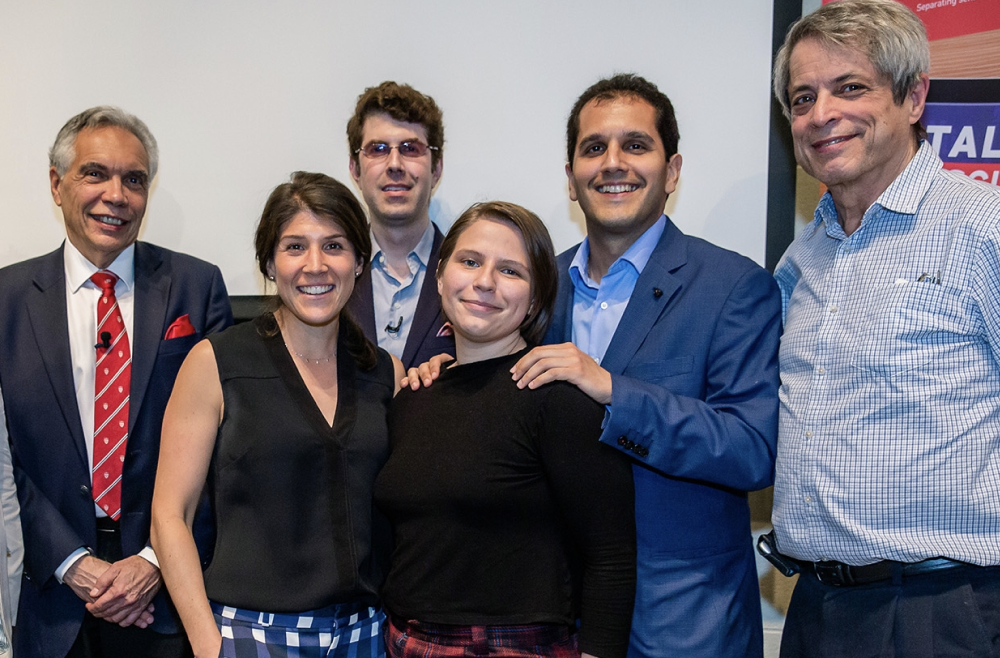
Has COVID made your work harder to do?
Yes, because whenever science doesn’t have all the answers — and of course it doesn’t in this case, there are a lot of ifs and buts and maybes every time that we talk about COVID — the quacks will immediately fill any vacuum that science leaves. And they don’t talk in terms of ifs and buts and maybes. They always have the answer. It’s always simplistic and wrong, but they always have the answer. They have no problems declaring that if you just take vitamin D, together with zinc, or whatever happens to be invoked, that you’re going to protect yourself against COVID. They will more or less guarantee this.
So, it’s given us an opportunity to attack these people, but they just keep coming. Any time that you have a situation where science has to waver, because we don’t have all of the answers, boy, does that ever give an opportunity to the quacks. And especially when you have a situation like COVID, which is a very serious situation, where you have people who get very, very sick and you have people who die, then of course, anyone who offers some sort of solution that seems simple will get attention.
Magicians, when they’re doing tricks, often have sleights of hand, where they slip a card under their sleeve or put the ball in their pocket. Do you see part of your job as exposing the sleights of hands of the propagators of disinformation?
That’s a very good analogy you used, because I do magic. I’ve done magic since I was a kid. I often use it in my talks, because it’s a very good way of demonstrating how easily people are fooled. How what you think you’re seeing isn’t what you’re seeing at all.
Because you’re not seeing the hidden parts, it’s sort of like you’re seeing the tip of the iceberg, but you don’t see the rest. And that really is what happens with all of the disinformation that is out there. People don’t look deep enough to see where it comes from. Does it have any background, who’s behind it, where are the references? I’ve always found that magic is a very, very good vehicle to get across our message.
There are some simple magic tricks that fool everybody... [but when you] find out how it’s done, then you say, “Oh, yeah, how come I didn’t think of that?” Well, that also has an analogy in the real world of pseudoscience, in that it can be very convincing, and then you just make one point about it and then people say, “Oh, yeah, I should have thought of that.” Magic is a very good vehicle to do this.
Your team has worked to make this response to pseudoscience clear and accessible, but the fact is, it doesn’t mean that people are going to be moved. A lot of people are not going to have their mind changed.
No, you’re not going to change minds that are made up, and we don’t even try. But my experience has been that you can divide the public into three categories. There are those who are very well educated, those who are good critical thinkers, who know what referencing means, who know how science is done. You don’t have to worry about them, because they will figure out everything for themselves.
Then at the other end of this bell curve are the people whose minds are made up and are set in stone, the dedicated anti-vaccine people. You’re not going to change their mind and there’s no point even in arguing with them. It’s just like arguing religion. It’s a question of belief and you’re not going to change that.
However, there’s this very large group of people in the middle who are legitimately confused, because of all the apparent conflicting information that they get, and who can be swayed by talking proper science and showing them what the evidence is and how you get this evidence. These are the people who we focus on. The people who don’t know, who know that they don’t know but are willing to listen to arguments before they make up their minds.
How do you contend with the fact there’s this sizable portion of the population that you will never reach?
We live in the real world. So, you know that you’re never going to have overall success everywhere. You just have to be content with doing the most that you can do. You can’t keep banging your head into the wall all the time, you know, saying, “I can’t reach everyone.” No, you can’t, we have to accept that. And you fight your battles wherever you can.
What kind of advice would you give to scientists trying to do this kind of work?
The first thing to realize is that communicating with the public is a specialty just like any other area of science. And it takes dedication, takes work, takes a lot of thought. When I do a talk for the public on whatever topic it may be, whether it’s on food, or medications, or cosmetics or the environment, I spend a lot of time thinking about: what are the points that I want to make? What are the best ways to make them? What are the best illustrations to use? What is the appropriate language to use? Because you have to assume that most people are not familiar with the terms that are second nature to [scientists]. It’s not something that just comes spontaneously, and you learn over the years.
Over the last 45 years I’ve given thousands of public lectures, and there’s always a question-answer period after. You learn from your audience what they’re interested in. These days, when I give a public talk, I can predict almost with 100-per-cent accuracy what the questions are going to be after, because I’ve heard them all. I know what people are interested in.
Obviously, you have to be familiar with the scientific literature — that’s your weapon. It’s the data, the real data. So, you have to be familiar with that.
But then you also have to give a lot of thought to just how you’re going to present it, because a little bit of sugar makes the medicine go down. And when you present it with the sprinkling of humour, and with a little whimsy, and with the right visuals, people will remember. ![]()
Read more: Health, Science + Tech


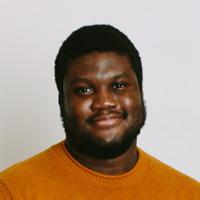
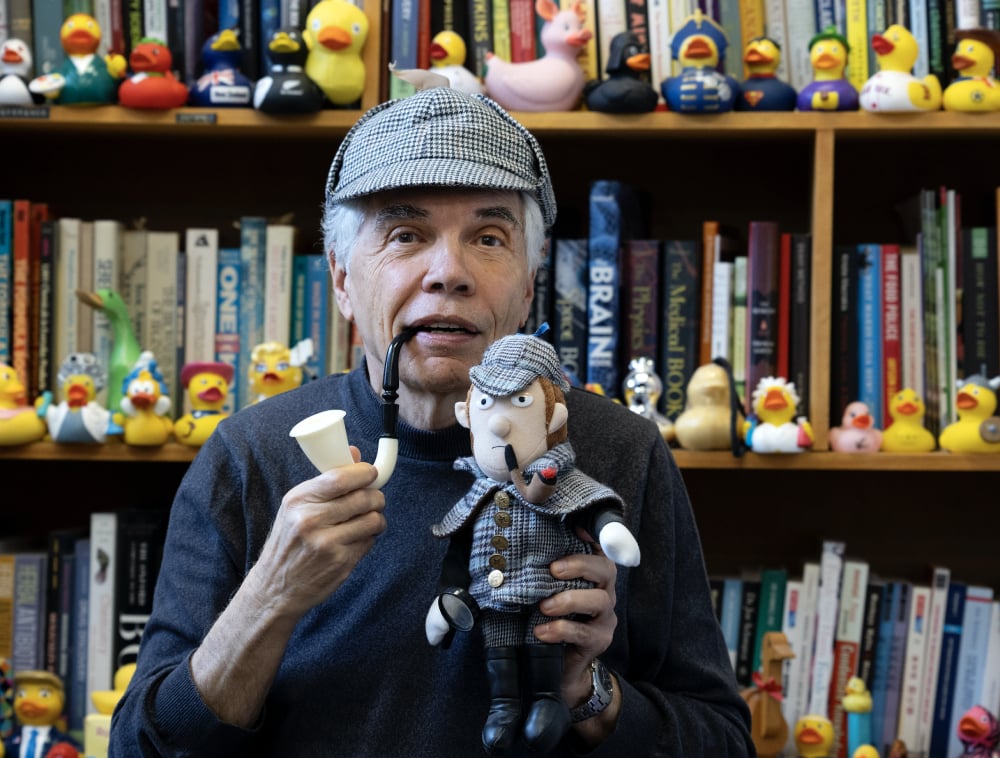






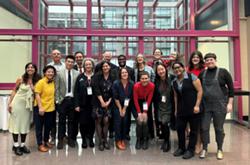
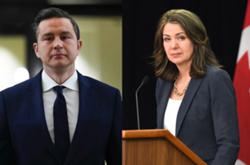
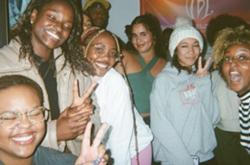

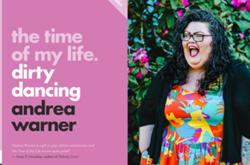
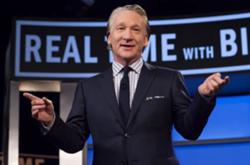
Tyee Commenting Guidelines
Comments that violate guidelines risk being deleted, and violations may result in a temporary or permanent user ban. Maintain the spirit of good conversation to stay in the discussion.
*Please note The Tyee is not a forum for spreading misinformation about COVID-19, denying its existence or minimizing its risk to public health.
Do:
Do not: